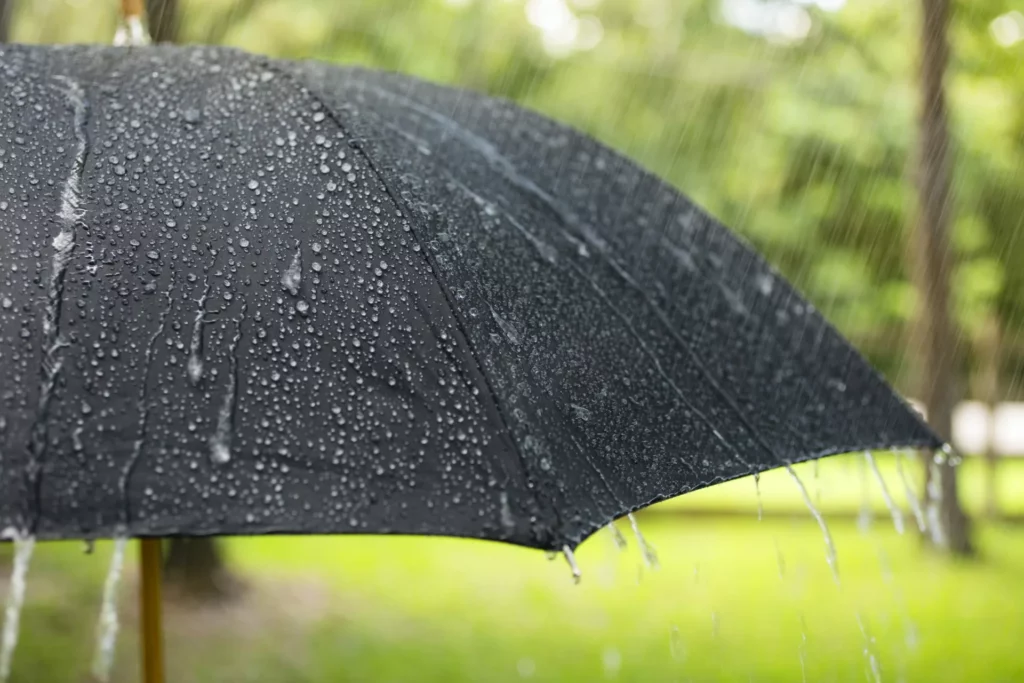The High Cost of Unused Market Research (and What To Do About It)

We’re excited to share this guest post from Diana Powell. Powell is a marketing and customer insights professional with experience in both large CPG and small non-profit organizations. She understands the knowledge storage/saving pains of both worlds and is passionate about reducing churn and disorganization in the workplace.
This morning I realized just how much insights research and toasters have in common. Why, you ask? Well, I was about to put my bagel in our toaster when my husband chimed in and informed me that the toaster was “starting to go.” “Seriously?” I replied, “It’s only 6 years old!” This really bugged me. Nothing boils my blood more than re-buying something that’s perfectly fine and hasn’t lived out its expected life.
To me, when you buy something, it should be made to last. I spent time reading reviews, testing out “floor models” at the store, and selecting a toaster on criteria beyond price. I expected the result would be an excellent and trusty kitchen appliance that we would enjoy for decades. Or at least one decade. This expectation got me thinking about the lifespan of insights research.
Insights Research Is a Toaster
Just as I was frustrated with not getting the full expected use out of my toaster, market researchers often become frustrated when they don’t get as much mileage from their research as they could.
Bear with me on this one. If your company has dedicated personnel working on any type of market research or intelligence, you’re likely spending money on some form, or realistically many forms, of research every year. This can include custom projects that you or an outside vendor conduct, syndicated databases, and general research studies and articles.
In my experience in the CPG industry, it can cost millions of dollars annually to identify areas of insights, innovation, and strategy. Not only is each piece of research pricey, but any good researcher uses multiple sources to dig out the market research insights, so the cost adds up.
But if research is a toaster, your company may be repurchasing toasters before they have reached their expected expiration date. As a result, your company could be spending thousands or even millions of dollars on duplicate toasters (metaphorically speaking) when that money could be better spent on more fun things like an espresso machine, or even a new toaster oven, instead of replacing a toaster that had a little more life in it.
Organizations often drive up the cost of market research when stakeholders fail to communicate and ultimately duplicate each others’ efforts. This phenomenon is well-illustrated by an experience I had in a previous job.
An employer of mine moved offices, and in the new office, the break room kitchens were modern and clean, with few things out on the counter and very little clutter. A colleague had a morning routine of making avocado toast. After a week in the new office, she noticed the toaster from the old office was nowhere to be found. She took it upon herself to purchase a new toaster to help satisfy her trendy toast addiction. When she set it on the counter, she was scolded because there was already a toaster: it was just stored in the cabinets and was expected to be put away after each use.
Your insights research, if not made easily available to your colleagues, is like the toaster stuffed back in the cabinet. Nobody knows about it. Nobody uses it. Eventually it will be forgotten and a new one will be unnecessarily purchased to replace it.
Ideally, when we, as researchers, purchase reports or complete a big presentation utilizing multiple sources, those insights will live on past the “Questions?” slide that pops up at the end of the presentation. They would be used again to inform future work, to uncover new insights, and to be referenced in follow-up studies.
Unless you’re working in an industry where your research is irrelevant as soon as you complete it, most of us would agree that a lot of our reports or syndicated materials should have a shelf life of at least a year. Typically the findings, especially if behavioral in nature, would last closer to three to five years. Instead, toaster research often fails to live out its full life, and due to poor organization and lack of communication and sharing, dies an early death in the abyss of the researcher’s personal computer.
The Challenges of Transitioning the Toaster (or Knowledge)
Here’s another problem with the toaster: what if the person who was responsible for moving the toaster from the old office to the new one “wins the lottery” before the move and heads off to an early retirement in Hawaii? What happens to the toaster? Hopefully, it’s packed in one of the nondescript office supplies boxes so it at least shows up in the mail room or where all the legal files are stored. You can only hope that the person who unpacks it knows that it went in the breakroom for the insights team, not the IT department break room or the dreaded HR locked-down super-secret break room.
Similarly, when team members move into new roles or leave the organization, is there any set process for transitioning their files to their team or the person who might be replacing them? Do they even have the time to walk the remaining team through all the research? Where are the supporting documents and various studies that informed the presentation stored? What vendor do you contact if you want to make a change or need to follow up?
This is how saving your insights materials in an easily accessible, searchable, and centralized location can save you thousands or millions of dollars and prevent duplicate research. I recommend that all research — including your RFPs, questionnaires, syndicated data pulls and reports, articles and journals, vendor information, and final reports and presentations– is saved centrally, for as many people to be able to search as is appropriate. Make sure all your stakeholders know where your insights research is stored and how to find it when they need it.
You never know when a researcher working on another brand or in a different role that hasn’t met you personally or seen your presentation could benefit from something you uncovered in your research. Or how trends can be compared between resources and authors over time. Or even how the new head of innovation can save a lot of time not re-thinking “new” ideas that have already been researched and documented.
Spend some time identifying how and where your insights are shared, or you might end up with break room cabinets full of still-functional toasters.

The 7 Best Knowledge Base Software Solutions

4 Ways Knowledge Management Minimizes Risk

6 Essential Steps to Ensure Knowledge Base Security

Start working smarter with Bloomfire
See how Bloomfire helps companies find information, create insights, and maximize value of their most important knowledge.

Take a self guided Tour
See Bloomfire in action across several potential configurations. Imagine the potential of your team when they stop searching and start finding critical knowledge.